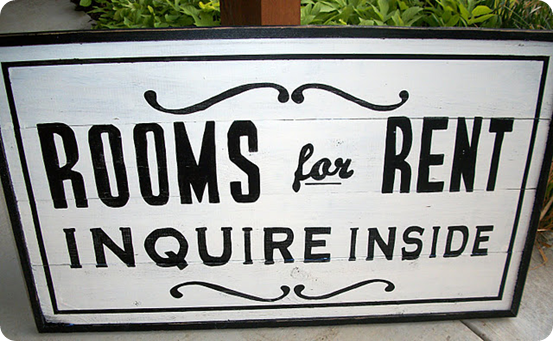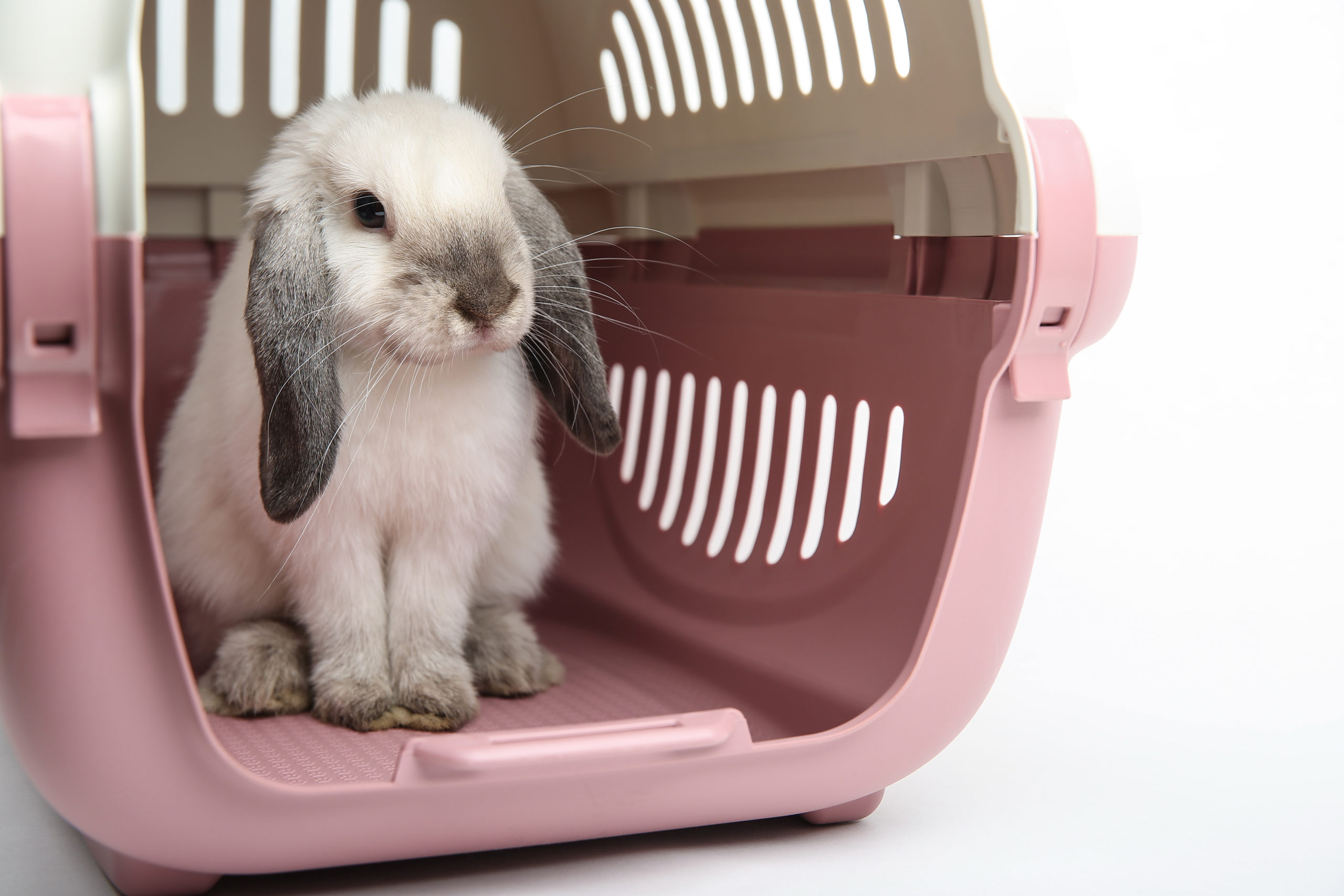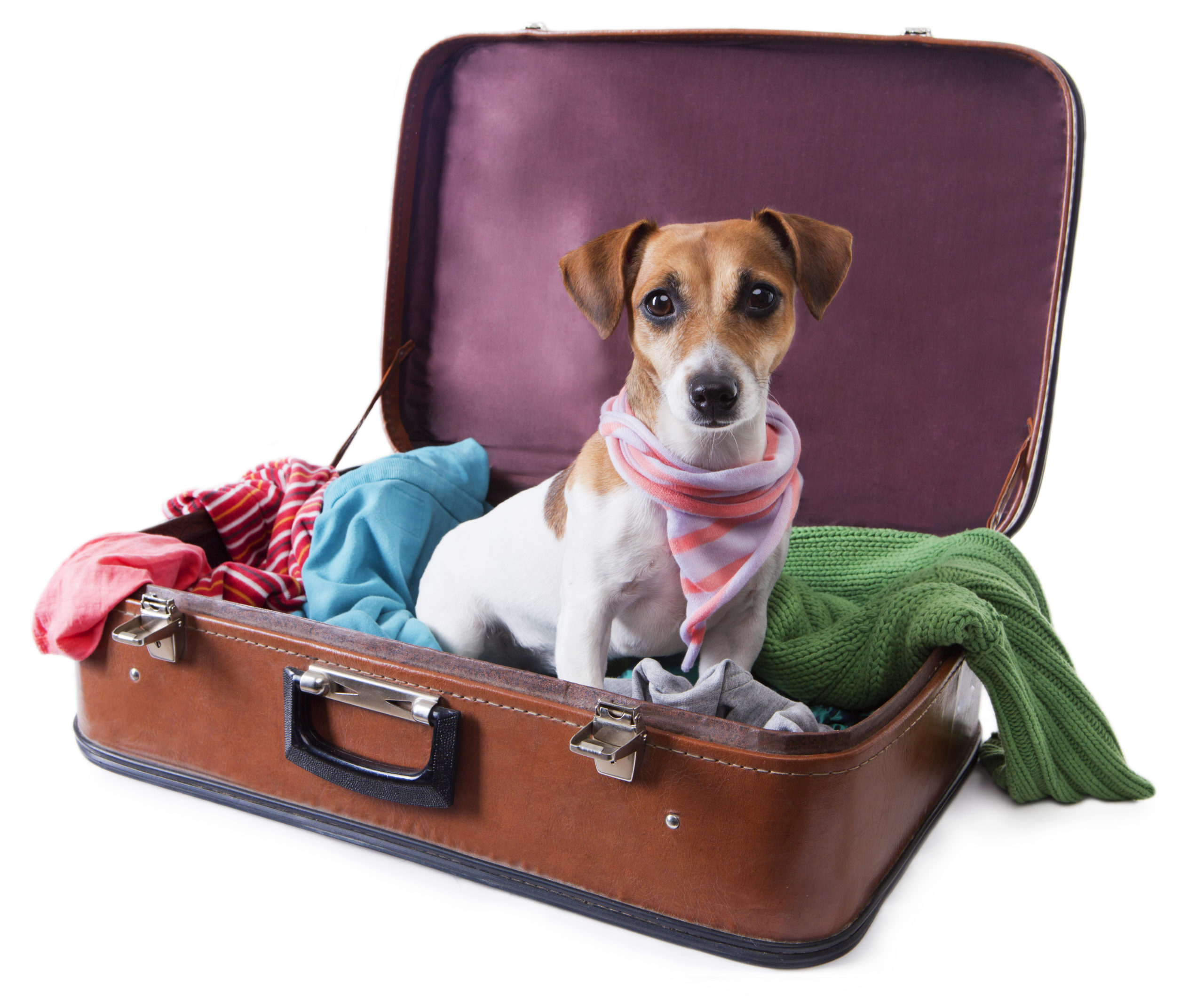Are you suddenly placing undeserved value on a free cardboard box? Did your social circle dramatically shrink right before the big day? Sounds like you're moving. Whether you're looking to rent a new home across the street or across the country, moving is stressful enough. Renting with pets can be especially challenging. In fact, according to the American Society for the Prevention of Cruelty to Animals, housing challenges are some of the top reasons given for surrendering animals.

Starting the search for a home to rent
Whether your household includes dogs, cats, rabbits, small caged pets, or all of the above, allow extra time for finding a suitable place to rent that welcomes the entire family. Search pet-friendly rentals on sites like People with Pets, Abodo, or RentLingo. Understand that you may need to make some sacrifices. According to landlord Marcie Bradley, common factors include "a security deposit to cover any damage or cleaning required at the end of the lease, as well as additional pet rent." Beware of sneaking pets of any kind into rental property. If discovered, you could be faced with a costly eviction for violating the lease. You could also be forced to make a heartbreaking decision if the pets need to be removed from the home immediately.
As part of your planning phase, be sure to have a temporary pet arrangement and plan B in place. If you need to move out of your former home before you sign the lease on a new pet-friendly rental, see if a friend or family member can house the pets temporarily. Set funds aside for boarding, if needed, or even a hotel room that allows animals.
Convincing the landlord
Large property management companies with a strict "NO PETS" policy are often harder to convince than individual landlords. The policies outlined in their rental agreements simply may not have the same flexibility. A landlord unwilling to allow dogs and cats may feel more comfortable about smaller, quiet pets, like rabbits, or those confined to cages when the humans are away, like guinea pigs.
In general, when working with a landlord on a more personal, informal basis, you may have a chance to plead your case. According to Bradley, some landlords that advertise no pets may still be open to allowing some pets for certain tenants. "Many landlords have compassion for rescued animals [in particular], and wish to help them thrive in loving homes. It is possible for landlords and tenants to work together to make this possible if the landlord deems the tenant to be responsible and trustworthy."
Consider a proactive approach and simplify the landlord's job by creating a pet resume. Include things like your puppy's graduation from obedience school, Kitty's proof of vetting from her doc, and a reference from Thumper's sitter. If possible, a letter from a previous landlord may seal the deal. A little detailed record-keeping never hurt anyone.

Keep up your end of the deal
If the landlord wants to meet your pets beforehand, let them. If they agree to rent to you but want to inspect the home every so often, agree enthusiastically ... and sweep up pet hair beforehand for bonus points. Obey local leash laws and be considerate of neighbors to avoid complaints. Not all downstairs renters appreciate hay and debris being flung onto their balcony (may or may not be speaking from personal experience).

Once you receive permission to bring the whole crew, make sure you get it in writing. This also includes details of any financial agreements like pet rent and refundable deposits. Make sure any no-pets clause is removed before signing. The lease will protect you as much as the landlord - read it!
Interested in learning more about pets?
Check out these articles! 


Best Vacuum Options for Small Animal Households





